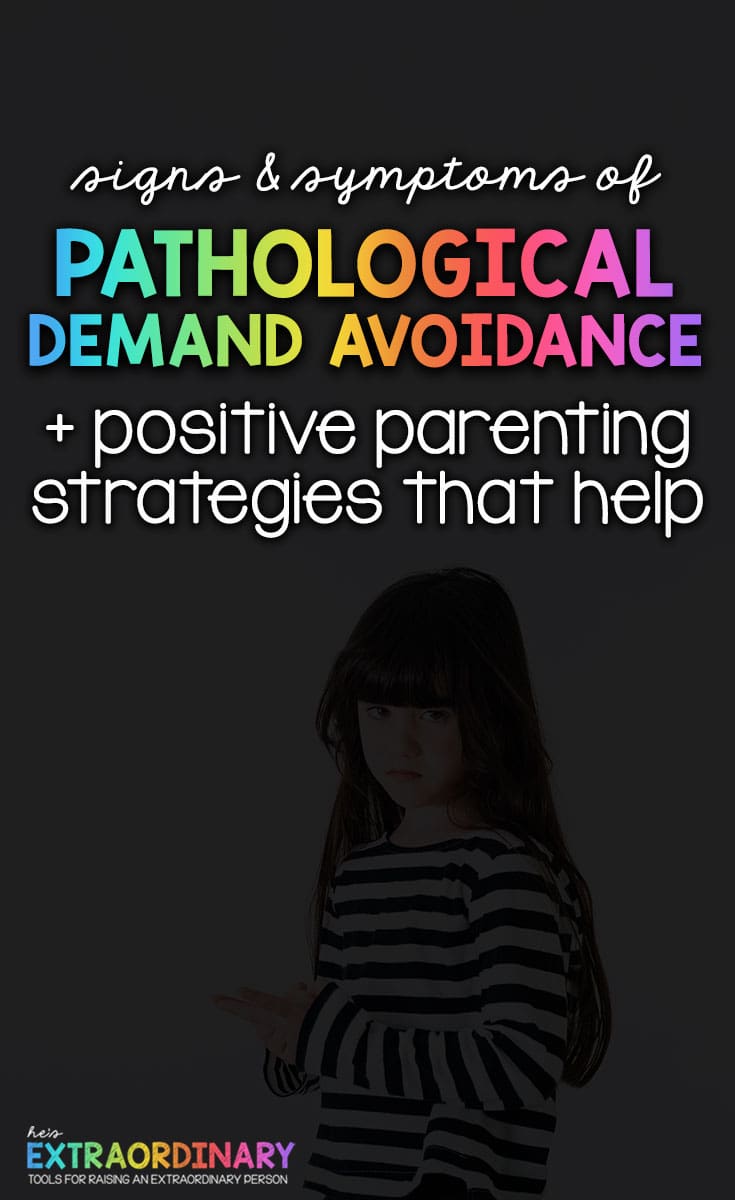


* informs local authorities and schools about the importance of providing support and using appropriate PDA strategies and interventions. * avoids other incorrect diagnoses and assumptions * allows people to access services, support and appropriate advice about management strategies * helps people with PDA and their families to understand why they experience certain difficulties and what they can do about them Having a diagnosis of PDA is helpful for a number of reasons as it: It is usually the surface sociability and the often vivid imaginations of children with PDA which confuse professionals regarding the diagnosis. Sometimes parents may feel that something about this diagnosis doesn’t quite fit. Many children are not diagnosed until they are older and may already have a diagnosis of autism or Asperger syndrome. Recognition of PDA as a condition is fairly recent, and the apparent social abilities of many children with PDA mask their problems. Limited evidence so far suggests that the earlier the diagnosis and the better support that they have, the more able and independent they are likely to become.Ī diagnosis is the formal identification of PDA, usually by a professional. People with PDA are likely to need a lot of support into their adult life. These parents will need a lot of support, as their children can often present severe behavioral challenges. Many parents of children with PDA feel that they have been wrongly accused of poor parenting through lack of understanding about the condition. It is important to acknowledge that these children have a hidden disability. Many parents describe their child with PDA as a ‘Jekyll and Hyde’ character.

However, they can be enigmatic and charming when they feel secure and in control. People with PDA can be controlling and dominating, especially when they feel anxious. When many occur together it is helpful to use the PDA diagnosis, as the strategies and interventions that help a person with PDA differ to those that benefit others on the autism spectrum. Other children and young people on the autism spectrum can display one or more of the features of PDA. It is believed that there may be neurological involvement in some cases, with a higher than usual incidence of clumsiness and other soft neurological signs. Often in cases of PDA there will have been a passive early history, but this is not always the case. * obsessive behavior, often focused on people.Īs the term spectrum suggests, individuals are affected in different ways and to varying degrees. * language delay, often with good degree of catch-up * comfortable in role play and pretend, sometimes to an extreme extent * appearing sociable, but lacking depth in understanding * resists and avoids the ordinary demands of life * problem in jobs better in jobs with less human interaction People with PDA seem to have a better social understanding and communication skills than others on the spectrum and are able to use this to their advantage. This is because they have an anxiety based need to be in control. However, the central difficulty for people with PDA is the way they are driven to avoid demands and expectations. Individuals with PDA share difficulties with others on the autism spectrum in social aspects of interaction, communication and imagination. Pathological Demand Avoidance (PDA) is now considered to be part of the autism spectrum.


 0 kommentar(er)
0 kommentar(er)
